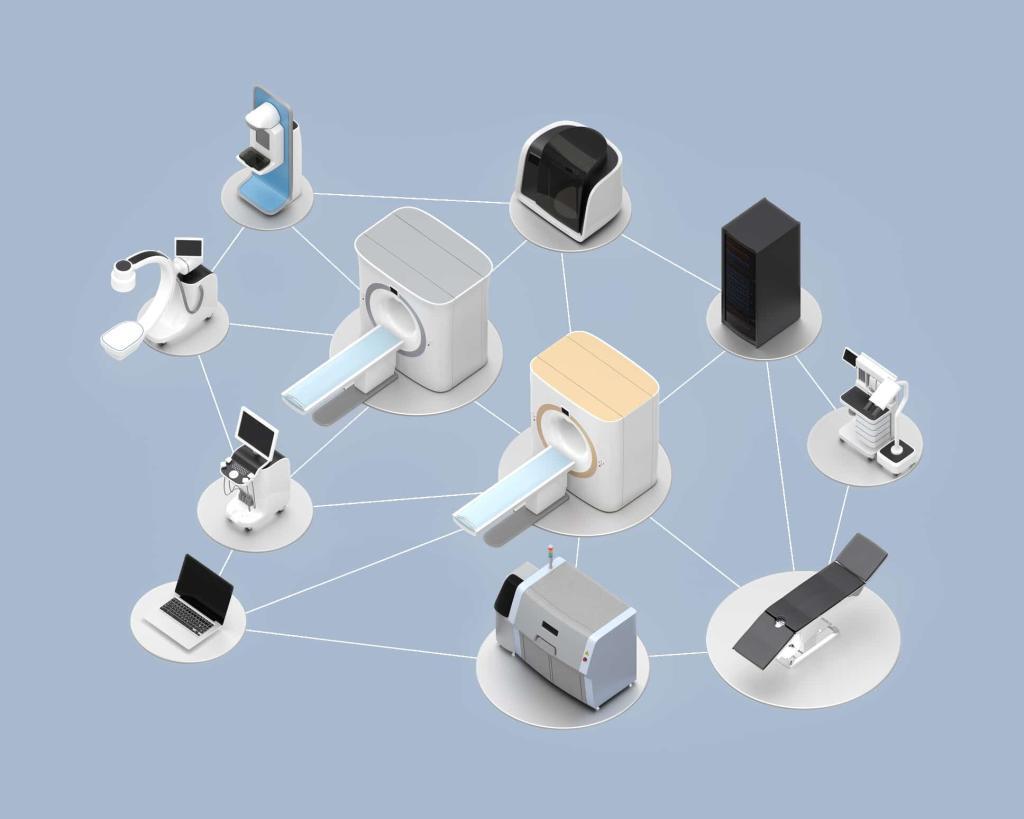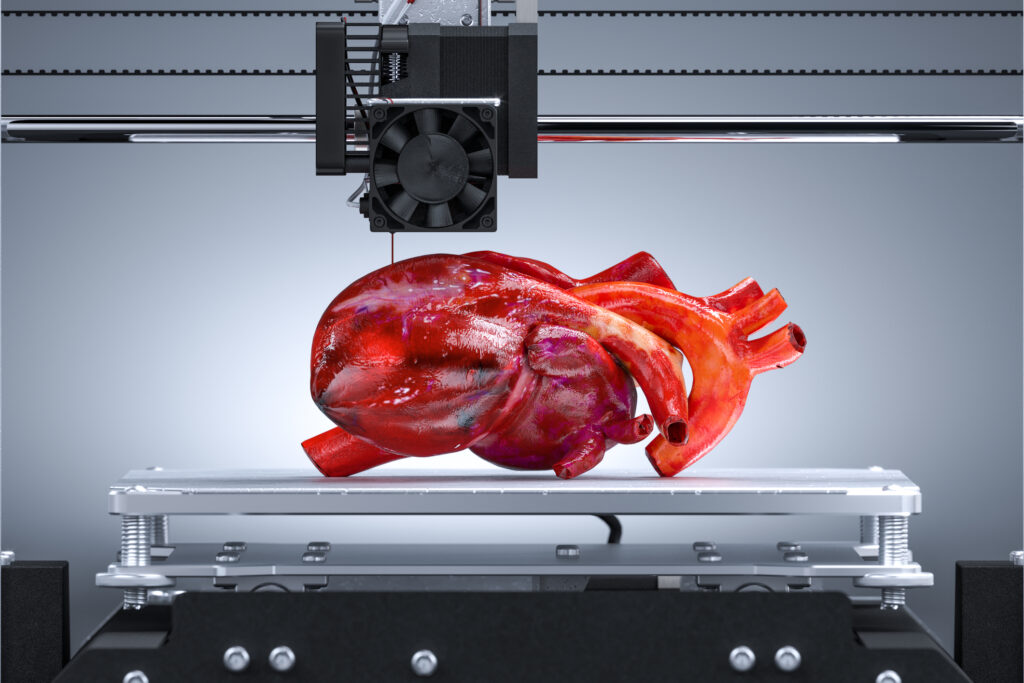Relapse is a stubborn reality of recovery. Someone may be sober for months, even years, only to suddenly go back on their recovery journey. The reasons behind addiction relapse are complicated. Stress, cravings, social triggers, and random chance all weave together. Doctors and therapists have studied these problems for decades. Yet most warning signs remain hidden until it is too late. This is where technology may help. With sensors, apps, and predictive models, researchers are beginning to map patterns that were invisible before.
Why Relapse Happens
Relapse is rarely simple. For one person, it might be a long, stressful shift at work. For another, a walk past the bar where they once spent nights. A third may relapse after an argument with family. The common thread is vulnerability. The brain’s reward circuits fire when exposed to reminders of past use. Once activated, the urge can feel overwhelming.
Emotions feed the cycle. Sadness, anger, boredom, or even exhaustion can push someone closer to the edge. When decision-making weakens, relapse becomes more likely. Add in social factors (old acquaintances, familiar places) and the risk grows further.
The truth is, relapse looks different in every person. That unpredictability makes it hard to anticipate using traditional counselling alone. Technology changes the equation by offering a way to track subtle reasons behind addiction relapse and shifts in real time.
Warning Signs You Can Catch
People often show subtle changes first: less sleep, skipped meals, reduced activity, or withdrawal from social contact. Alone, these may seem minor. Together, they form a warning.
Devices catch these shifts early. If a patient’s activity drops far below normal, the data raises a flag. If cravings logged in an app grow more frequent, that adds weight. By combining sources, the chance to spot addiction relapse signs improves.
Early detection matters. Relapses typically have three stages. Emotional relapses are when behaviour and mood begin to shift. Then, mental relapses are the time when the person starts entertaining thoughts of using. Lastly, physical relapses are the actual return to substance use.
Watch out for early warning signs like mood swings, isolation, fantasising about use, neglecting self-care and obligations, reconnecting with old using friends, or rationalising substance use, so one can intervene before a full relapse happens. Interventions can be as simple as a counselling session or a peer support call. With timely action, relapses do not have to happen.
Wearables and What They Reveal
Wearables are small but powerful. A sensor on the wrist or chest can record heart rate, sweat activity, and even skin temperature. These signals often change before cravings rise. A person may think they are steady, while the device shows stress climbing.
Researchers have found that stress monitors can pick up risk signals well before relapse takes place. These early changes give care teams a chance to step in and support patients before the situation worsens. Without technology, those opportunities often pass unnoticed.
Sleep tracking is equally valuable. Disrupted sleep and relapse often appear together. When nights grow restless, the chance of relapse increases. Wearables help by showing exactly when and how sleep patterns shift.
Mobile Apps and Self-Reports
If wearables track the body, apps track the mind. Many use ecological momentary assessment, where patients log cravings, moods, and situations throughout the day. Instead of relying on memory weeks later, clinicians see events as they unfold.
Paired with GPS, apps reveal where cravings happen. Maybe one patient struggles near a certain bus stop. Others feel triggered during late nights alone. This specificity makes treatment more practical. Counselling can address the actual places and times where risk is highest.
Some apps add reminders, coping exercises, and journaling tools. They do more than collect data. They support patients in the moment, while also providing valuable records for clinicians.
Brain Imaging and Deeper Insights
Brain scans cannot be used daily, but they offer a window into relapse mechanisms. Functional MRI shows which regions activate in response to cues. The reward and memory circuits light up, explaining why cravings can feel overpowering.
This research matters because it shows relapse is not about weak will. It is about brain systems firing in predictable ways. With this understanding, data from wearables and apps becomes easier to interpret. The bigger picture starts to form.
Machine Learning and Prediction
Large amounts of data mean little without analysis. Machine learning helps find patterns hidden within it. Algorithms process thousands of data points, including sleep quality, heart rate, mood logs, and location history.
One model may reveal that poor sleep, rising stress, and time spent near a high-risk location predict relapse. The system can then send alerts. Clinicians may check in. Patients may receive prompts to use coping tools.
Over time, models adapt. They learn each person’s unique profile. This personalisation is crucial. It makes predictions relevant, not generic. By identifying the reasons behind addiction relapse at an individual level, technology brings new accuracy to prevention.
Real Examples in Action
At the University of Massachusetts, researchers tested stress-monitoring wearables on patients with opioid use disorder. Combined with daily reports, the devices highlighted risk hours before relapse. The alerts gave care teams time to act.
In another project, smartphone apps logged moods and cravings alongside GPS data. The findings showed that the risk of relapse rose sharply when loneliness was combined with high-risk environments. Clinicians used this knowledge to adjust treatment, addressing not only cravings but also social isolation.
These real-world tests show the promise of technology. They move treatment from reactive to proactive. Instead of waiting for relapse, care teams can prepare for it.
Challenges and Concerns
Technology is promising, but it is not without flaws. Privacy is a major issue. Who controls the data? How is it stored? Patients must trust the system to use their information responsibly.
False alarms are another concern. An alert with no cause can create stress or erode trust. Algorithms need large, high-quality datasets to improve. Until then, errors remain a risk.
Access and equity also matter. Wearables and smartphones are not available to everyone. If these tools become part of standard care, programs must ensure they reach the people most in need. Otherwise, benefits stay limited to a privileged few.
Finally, technology must remain a support, not a replacement. Therapy, peer groups, and medication remain central. Digital tools add clarity but cannot replace human connection.
Looking Ahead
The future points toward integration. Wearables, apps, and predictive models will combine into a single system. Data from different sources will be analysed together, giving a complete picture.
Personalisation will define the next stage. Generic alerts are often ignored. Systems that adapt to each patient’s unique profile will provide advice that people trust. For example, one person may need sleep reminders, while another benefits from social check-ins.
Regulation will also be critical. Standards for privacy, accuracy, and transparency must be set. Clinicians need training to interpret data. Patients need guidance on how to use the information meaningfully.
If these steps are taken, relapse care will shift. Instead of focusing on crisis response, recovery will emphasise prevention.
A Partner, Not a Cure
Technology cannot solve addiction. It cannot replace the role of compassion, community, or therapy. What it can do is make the invisible visible. Uncovering the reasons behind addiction relapse gives people a better chance at lasting recovery.
Combined with established treatments, digital tools create stronger foundations. Patients can recognise patterns. Clinicians can act before the worst happens. Support systems can respond in time.
Used wisely, technology becomes a partner in recovery. Not the answer on its own, but a valuable ally in one of the hardest battles people face.
Main kw: reasons behind addiction relapse
Meta description: Explore how technology uncovers the reasons behind addiction relapse, predicts risk, and supports recovery with early interventions.
Disclaimer
This article is provided for informational purposes only and is not intended as medical advice, diagnosis, or treatment. Addiction and relapse are complex health issues, and anyone experiencing difficulties should seek guidance from a qualified healthcare professional or support service. The technologies and approaches discussed are examples of ongoing research and should not be considered a substitute for professional care.




